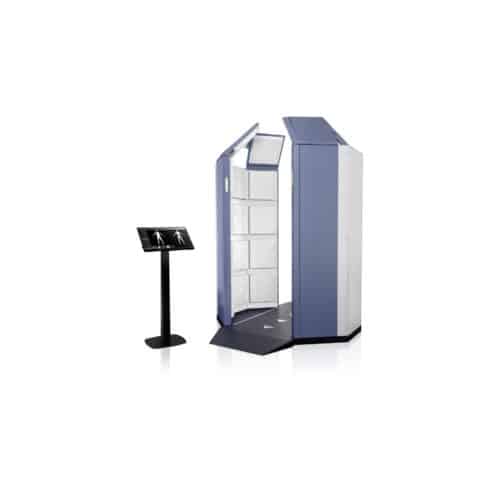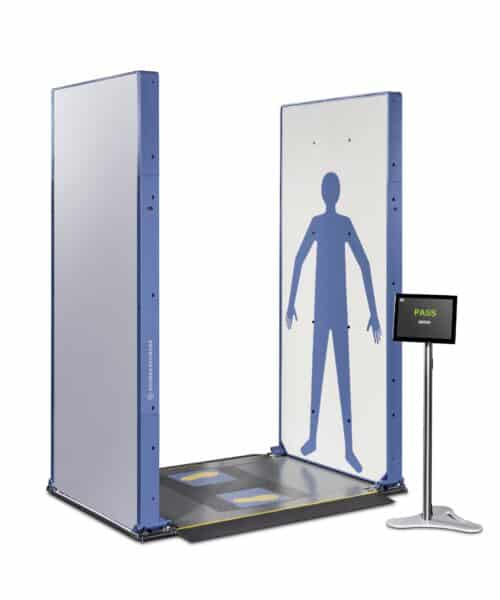What are millimeter wave scanners and how do they work?
Millimeter wave scanners are advanced imaging systems used in airport security to detect potential threats on passengers. Unlike traditional metal detectors, which only identify metallic objects, millimeter wave scanners use radio waves to create a detailed image of a person’s body, allowing security personnel to identify any concealed items or anomalies. These scanners emit low-energy radio waves that are harmless to the human body and can penetrate clothing to provide a clear image. The technology behind millimeter wave scanners allows for quick and non-invasive screening, ensuring the safety of passengers while minimizing inconvenience.
Product Categories
Benefits of millimeter wave scanners
Millimeter wave scanners offer several benefits compared to traditional security measures in airports. Firstly, these scanners provide a more detailed and accurate image of a person’s body, allowing security personnel to identify any potential threats or concealed items more effectively. This enhances the overall safety of passengers and helps prevent any potential security breaches. Additionally, security wave scanners are non-invasive and do not require physical contact with individuals, making the screening process more comfortable and less intrusive. This is particularly beneficial for individuals with medical conditions or disabilities who may have difficulty going through traditional security measures. Furthermore, the use of radio waves in millimeter wave scanners means that they can detect non-metallic objects, such as plastic explosives or ceramic weapons, which may go undetected by other security metal detectors. Overall, wave scanners provide a more advanced and efficient approach to airport security, ensuring the safety of passengers while minimizing inconvenience.
Implementation and adoption of millimeter wave scanners in airports
The implementation and adoption of wave scanners in airports worldwide is steadily increasing. Many airports recognize the benefits of this cutting-edge technology and are investing in upgrading their security systems. The detailed and accurate imaging capabilities of millimeter wave scanners make them an invaluable tool in identifying potential threats and enhancing overall safety measures. As a result, more and more airports are replacing traditional security measures with these advanced scanners. The non-invasive nature of wave scanners also contributes to their widespread adoption, as they provide a more comfortable and less intrusive screening process for passengers. Additionally, the ability of these scanners to detect non-metallic objects further strengthens their appeal, as they can identify potential threats that may go undetected by traditional metal detectors. As airports prioritize the safety and convenience of their passengers, the implementation and adoption of millimeter wave scanners are expected to continue to grow in the future.
The future of airport security & advancements in technology
As technology continues to advance, so does the future of airport security. Millimeter wave scanning technology is at the forefront of these advancements, offering enhanced safety measures and improved passenger experiences. The potential developments in this technology are vast, with researchers and engineers constantly working to improve its capabilities. One potential development is the integration of artificial intelligence, which could further enhance the accuracy and efficiency of millimeter wave scanners. Additionally, advancements in imaging technology could lead to even more detailed and precise imaging capabilities, allowing for the detection of even smaller objects or substances. The future of airport security is bright, with wave scanning technology leading the way in ensuring the safety and security of travelers worldwide.



